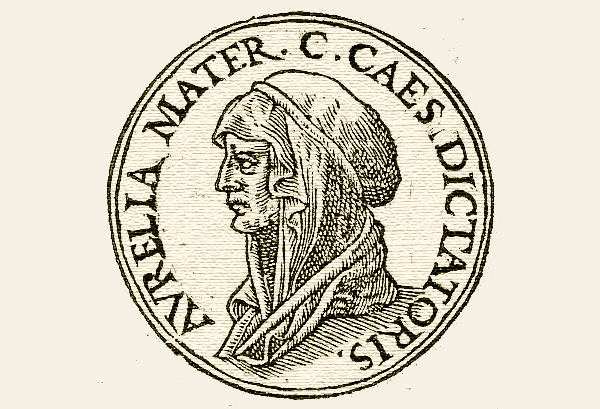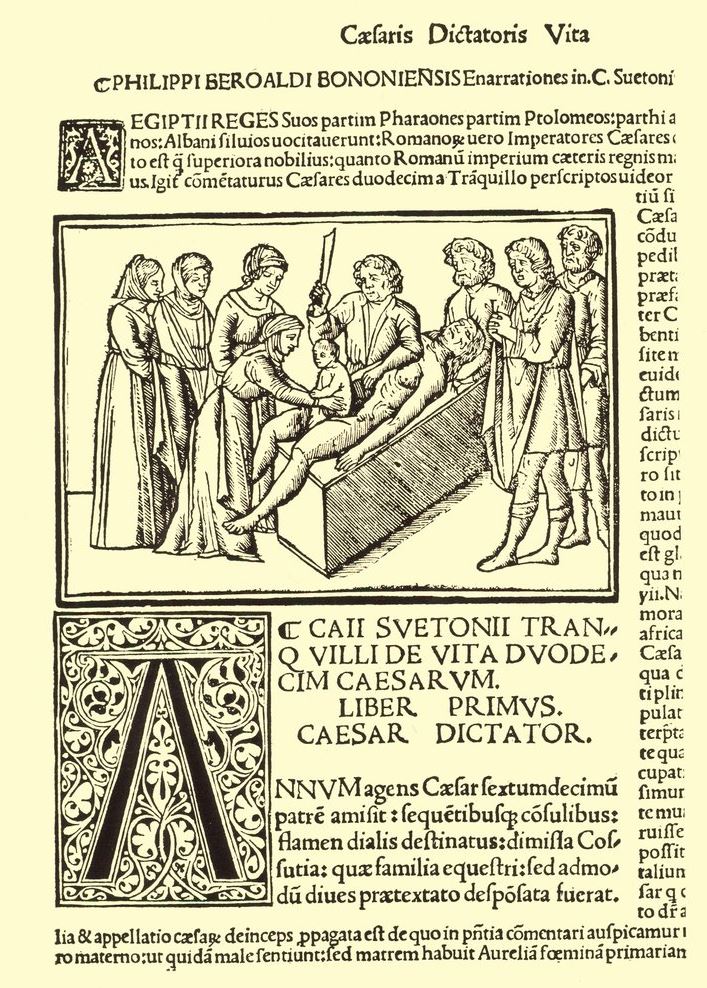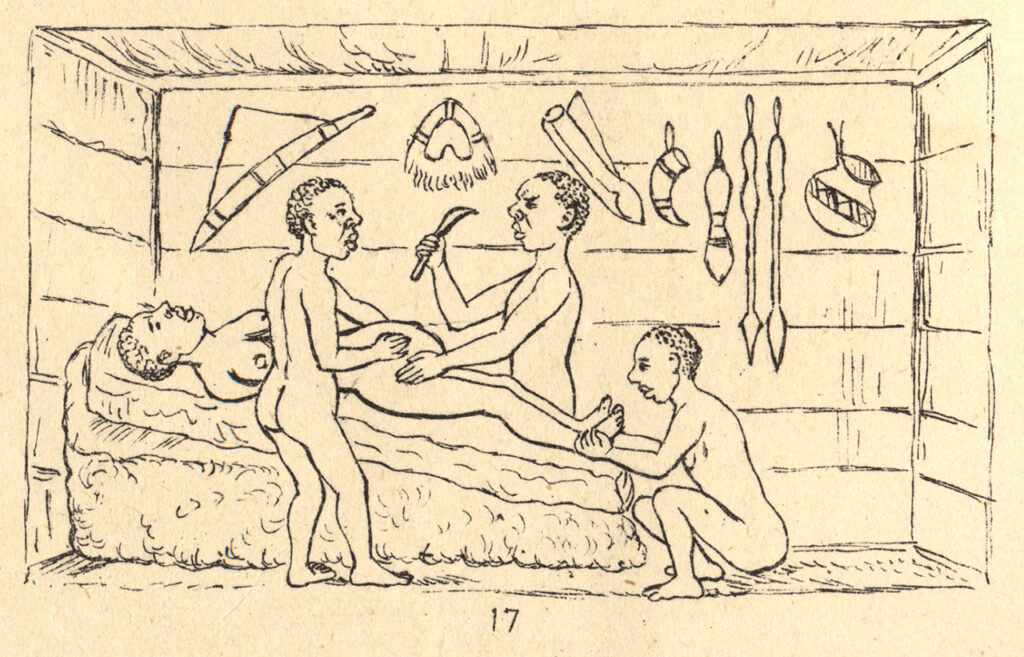
According to legend, Julius Caesar’s mother gave birth to her son through a Caesarian section. There has been much speculation on this theory. Were the Romans advanced enough to successfully surgically remove an infant from the mother’s body over 2,000 years ago? if not, when did Caesarian sections begin and why were they given a name that ties them to a Roman emperor? And is the fact that C-sections are attributed specifically to Julius Caesar’s birth merely a mistaking of word origin?
Julius Caesar: the First C-Section Baby? Probably Not

On July 12, 100 B.C., Aurelia Cotta, after having two daughters, gave birth to her only son, Julius Caesar, a child destined to have his name and deeds immortalized for centuries after his death. Aurelia was a noble woman who became a widow at an early age. Caesar’s father, Gaius Julius Caesar, was a busy man who died young while putting on his shoes one morning. His death left most of responsibilities of the upbringing of Julius and his sisters to their mother. Years later, Tacitus mentions Aurelia as an excellent example of an exemplary woman.
Because Aurelia was obviously alive during Julius’s childhood and youth, we can surmise that Julius Caesar was most likely not born through a surgical delivery. Romans did practice caesarian deliveries but only on dead or dying women in order to save the infant–which usually failed due to the infant having been deprived of oxygen for too long. Even if Roman physicians had attempted a caesarian on Aurelia while she was still alive, she would most likely not have survived the ordeal, either succumbing to inevitable infection, shock from the extreme pain, or blood loss.
It is highly unlikely that Julius Caesar was delivered via a caesarian section (C-section).
Caesarian Sections Come from a Latin Word, not from Julius Caesar
The word “ceasarian” actually comes from the Latin word caedare, meaning “to cut.” Over time, the word caedare merged with the name of Julius Caesar, giving birth to the legend that the first emperor of Rome was surgically removed from his mother’s womb.
The Greek Mysticism of Caesarian Births
There are many times in ancient history and literature where C-sections are mentioned. Greek mythology even told tales of some gods who were born this way! These births were all a result of a dead or dying mother. A child that survived the birth was considered blessed and in possession of mystical powers, like Adonis, the mortal lover of Aphrodite, who was said to have superhuman strength and stamina and could spontaneously heal from injuries.
The Dark Ages

The Dark Ages were not always as dark as we think, and some scientific advancements were made during that time period. There are rare reports of heroic efforts made to save women’s lives during difficult deliveries. The first such written record we have refers to a woman in Switzerland in 1500 who, after attempting for days to deliver her child with the help of thirteen midwives, was “cut open” by her husband, who was an experienced sow gelder. The baby lived until he was 77, and what is truly remarkable is that the woman survived and gave birth to five more children, including twins. The story was recorded decades after the fact, so some questions remain as to the accuracy of the story; yet similar stories became more and more frequent with time.
The Birth of Modern C-Sections

The first successful modern C-section was recorded sometime between 1815 and 1821. James Miranda Stuart Barry was a woman surgeon who dressed as a man to be able to serve in the British Army, and she helped deliver a child via C-section. During that same time period, there are many other accounts of attempted C-sections around the world, including in Uganda and other regions.
Unfortunately, surgeons were considered almost like butchers for centuries, and their status and knowledge would grow only with advancements in the medical field, including a better understanding of human anatomy and the recognition of the need for surgeries and how to do them. It would take until the 20th century with the implementation of strict hygiene protocols in hospitals and the introduction of anesthetics before C-sections were routinely safe and successful. In fact, in 1865 in Ireland–not that long ago–the mortality rate of women undergoing a C-section was still 85%.